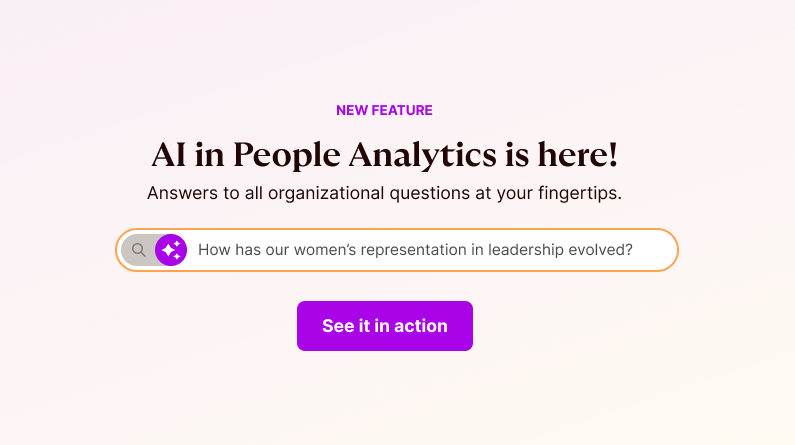Quality is more important than quantity, but it’s harder to measure. See how Orgnostic measures your quality of hire to close the loop on talent acquisition.
When hiring, we collect so much information about applicants. But as soon as they start in the role, many companies stop tracking their hires. One report from 2017 finds that only 23% of recruiters measure the quality of their hires.
Without information on the quality of new hires, how could we check that we made a good decision?

Quality of hire metrics can close this gap between believing we’re making the right hiring choices and having data to back up that belief. Only high-quality data from validated measures can close this gap properly; unfortunately, not all quality of hire metrics are the same. It’s a challenge to separate good from bad without a background in measurement and behavioural science. We took care of sifting through measures for you; read on to see how we recommend incorporating quality of hire metrics into your hiring evaluation.
How do I measure quality of hire?
Quality of hire isn’t just one thing. There are multiple ways companies approach measuring the quality of hire. The basic formula says you should sum whatever number of indicators you choose for the formula, divide it by the number of total indicators you selected, and multiply it by one hundred. What are those indicators, though?
The majority of formulas emphasize performance appraisal scores, retention rate, error rates in performance, customer service scores, promotion rates, or bonus size as key indicators of quality. The issue, however, is the timing of when these indicators happen.
All of these factors may occur at different times for different employees; this reduces consistency in assessing the quality of hire.
Measuring the quality of hire as a function of your formal performance evaluation can lead to a biased view. The employee’s performance in the future can be affected by contextual factors not related to their quality at the time of hiring them. These contextual factors include major changes in team structure, a different manager, motivation and engagement issues on the job, inadequate skills training and development support, and more.
We calculate quality of hire with three sources of data over the first six months. We combine 1) new hires’ progress and productivity, measured by their direct manager’s against their initial expectations and 2) the new employee’s assessment of the job fit, and 3) new employee’s first year retention.

By this formula, if an employee leaves within the first six months (or is unable to answer the survey) we automatically mark the 0 or a “bad hire” score.
If you want each source to have equal importance, then add them together and divide by two as we’ve done above. But if you want manager ratings to comprise ⅔ of your quality of hire score, then you can shift the formula. To get two parts manager ratings and one part employee rating, you can multiply the manager score by 2 and divide the whole sum by 3.
So what?
Quality of Hire is the ultimate talent acquisition metric. In essence, it measures the success of the hiring process. If your quality of hire scores are low, you should look into three areas: sourcing, selection, and onboarding.
Hiring decisions are the combination of your applicant sourcing and your candidate selection. By sourcing higher-quality applicants and/or evaluating them more accurately during selection, you can improve hiring quality. Once you implement a consistent quality of hire tracking system, it’s much easier to see how scores on each stage of your selection process map onto hiring quality. This allows your talent acquisition team to choose the most predictive selection tools and optimize the processes that lead to best assessments.
But onboarding matters, too. We can’t measure the quality of new hires in the moment they start. The training and social connections that new employees make will shape their performance and how well they fit with their team in the first six months. If your sourcing and selection processes are strong, but your quality of hire stats are still low, you should investigate your training and how your leadership is integrating new hires. With Orgnostic, you can also check the impact of the onboarding experience on the quality of hire metric.
How do I answer this question in Orgnostic?

To get this information, Orgnostic sends automated onboarding surveys to new employees and their managers, at the start of the engagement and after 90 days on the job. These surveys capture, fit, performance, and productivity data that we use to construct quality of hire metrics. With these data-filler surveys, you can automatically track how your quality of hire changes as your company grows. Continuously updating these stats can help you keep hiring quality high as you expand each department

.
From the Talent Acquisition series: